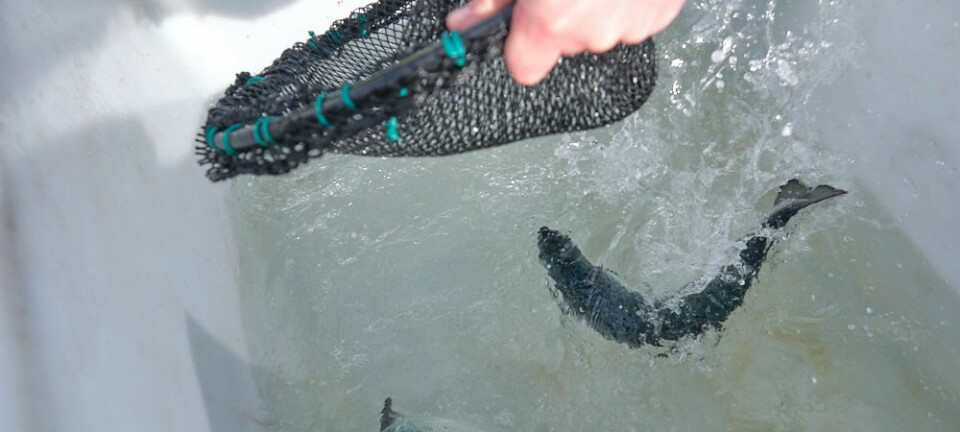
Bubbles may be beneficial for trout, study shows
The use of bubbles to signal the start of feeding could potentially enhance rainbow trout welfare in fish farms, researchers in France have concluded.
Occupational enrichment, which aims to stimulate the cognitive abilities of animals by providing them with more opportunities to interact with and control their environment, is emerging as a strategy for improving the lives of farmed animals.
Predictability of salient daily events, and in particular predictability of feeding, is currently one of the most studied occupational enrichment strategies. And while the time of feeding has been widely investigated in fish farming, signalled predictability (based on a signal, such as light or sound) has received little attention, according to the scientists from the Animal Behaviour and Breeding Systems at France’s National Institute for Agricultural Research (Inrae).
Feeding predictability
Their study aimed to determine which feeding predictability would be most appropriate for rainbow trout, the main farmed fish in continental Europe, and what the consequences might be for their welfare.
The researchers tested four feeding predictability conditions: temporal (based on time of day), signalled (based on bubble diffusion), temporal and signalled (based on time and bubble diffusion), and unpredictable (random feeding times). Behavioural and zootechnical outcomes recorded were swimming activity, aggressive behaviours, burst of accelerations, and jumps, emotional reactivity, and growth.
Results showed that rainbow trout can predict daily feedings relying on time and/or bubbles as predictors after as little as two weeks of conditioning, as evidenced by their increased swimming activity before feeding or during feed omission tests, which allowed the researchers to reinforce the conditioned response of the fish.
Aggressive behaviours
Temporal predictability alone resulted in an increase in pre-feeding aggressive behaviours, burst of accelerations, and jumps, suggesting that the use of time as the sole predictor of feedings in husbandry practices may be detrimental to fish welfare.
Signalled predictability with bubbles alone resulted in fewer pre-feeding agonistic behaviours, burst of accelerations, and jumps than in the temporal predictability condition. The combination of temporal and signalled predictability elicited the highest conditioned response and the level of pre-feeding aggression behaviours, burst of accelerations and jumps tended to be lower than for temporal predictability alone.
Attractive to trout
“Interestingly, fish swimming activity during bubble diffusion also revealed that bubbles were highly attractive regardless of the condition,” wrote the researchers in the abstract to an article in the journal Scientific Reports.
“Rainbow trout growth and emotional reactivity were not affected by the predictability condition. We conclude, therefore, that the use of bubbles as a feeding predictor could represent an interesting approach to improve rainbow trout welfare in farms, by acting as both an occupational and physical enrichment.”
Read the open access article, “Positive effects of bubbles as a feeding predictor on behaviour of farmed rainbow trout”, here.























































